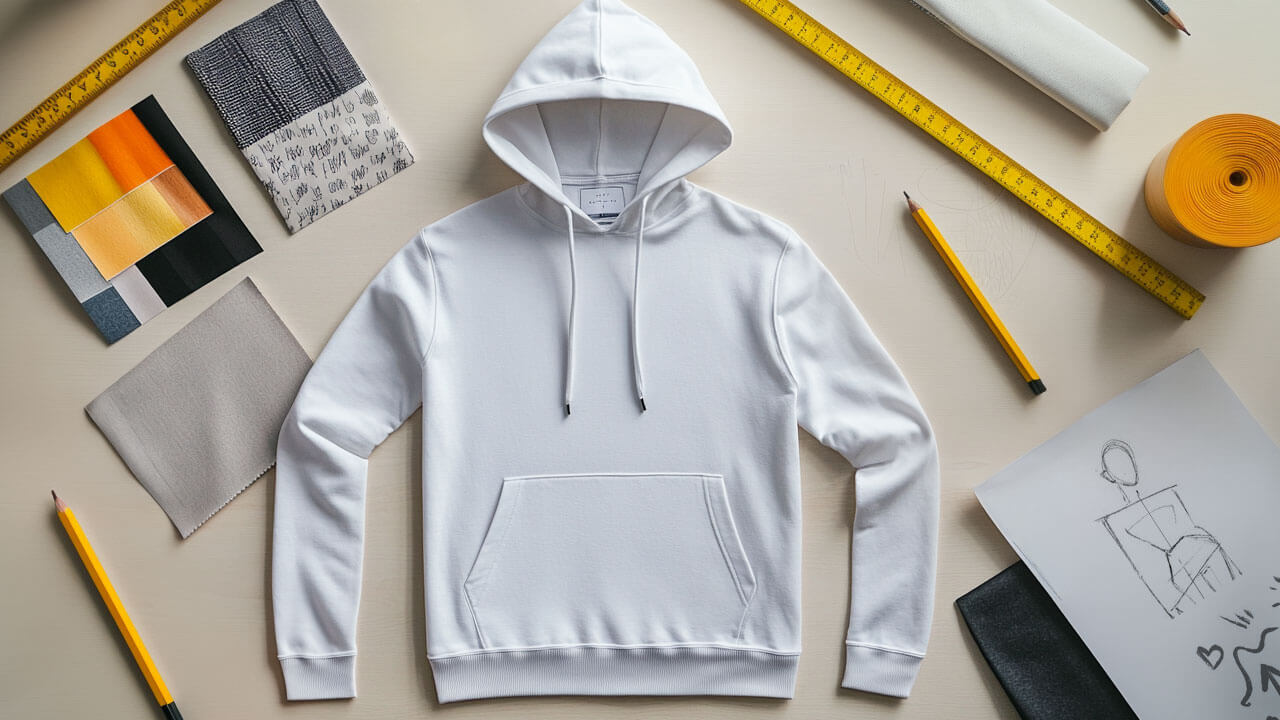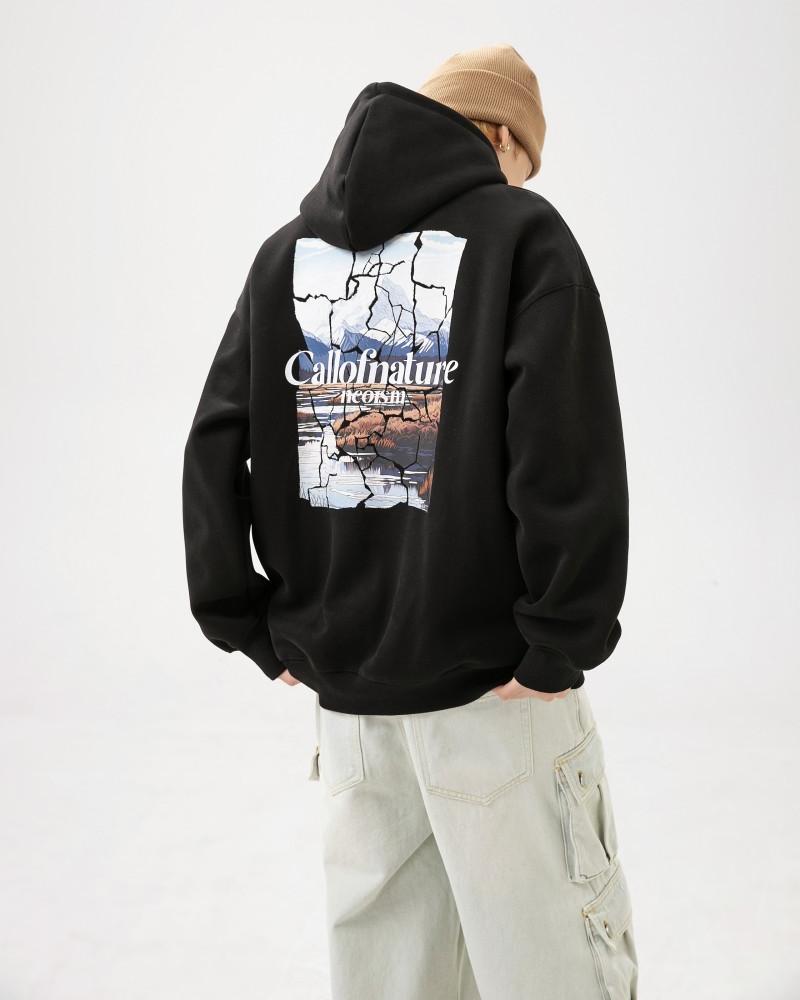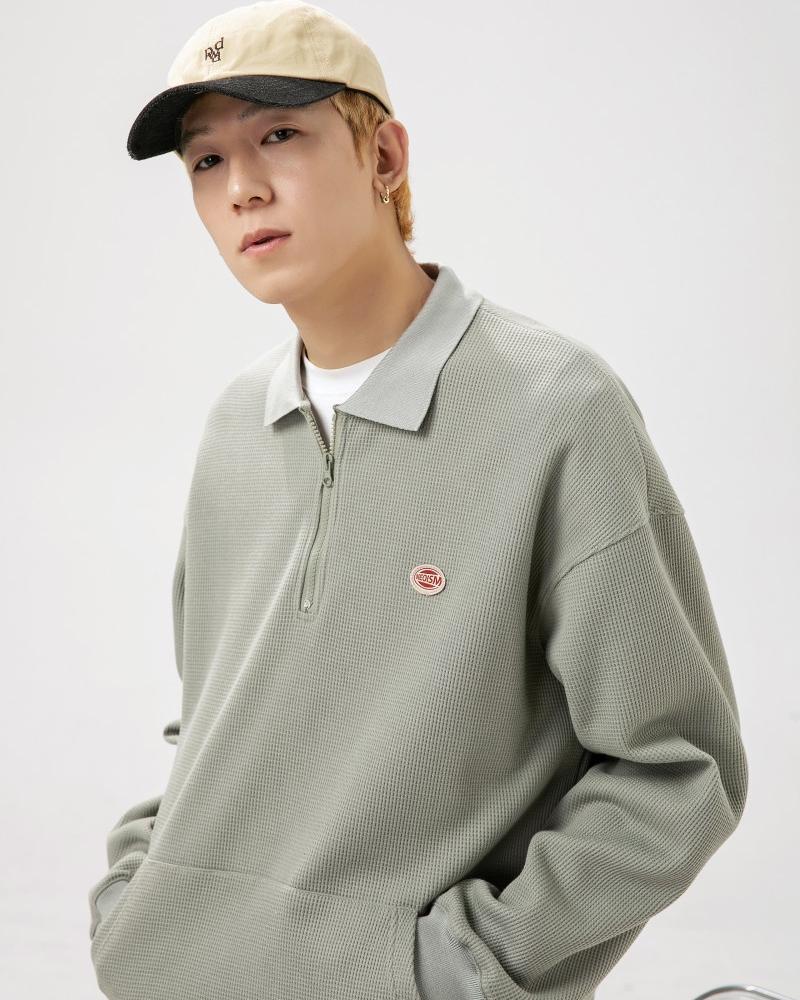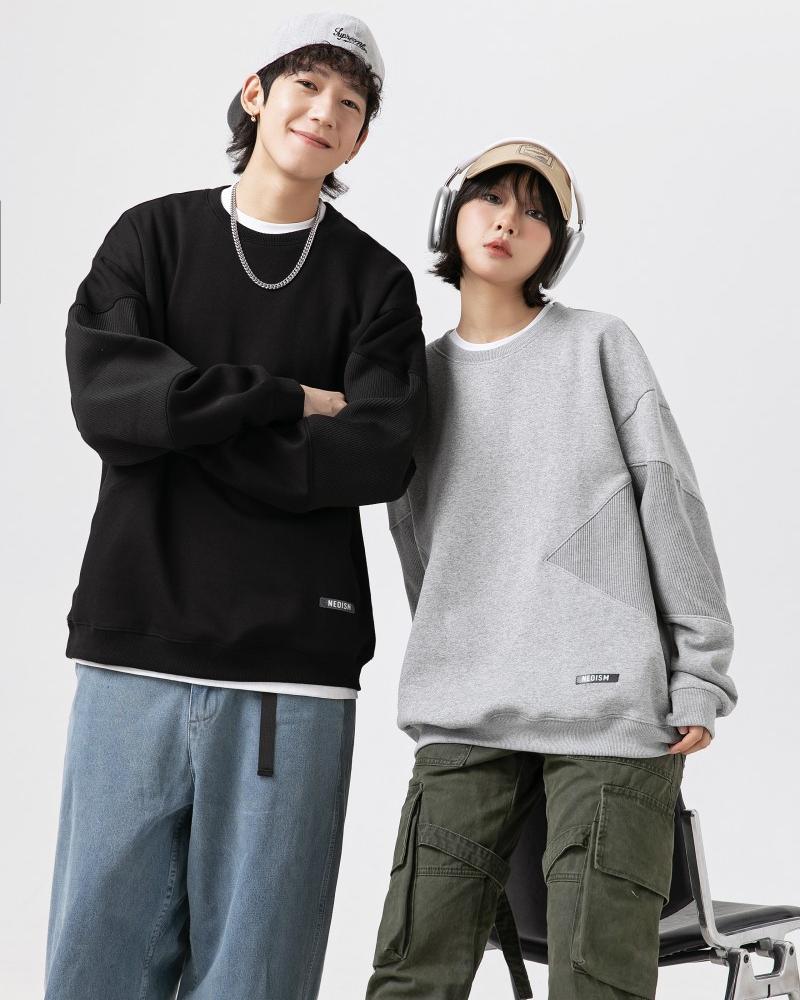-
No. 28, Zhanqian 1st Street, Liuhua Subdistrict, Yuexiu District, Guangzhou City

Green printing and dyeing revolution: Decoding how thermal sublimation technology reshapes the sustainable clothing industry
Table of Contents
Abstract
Against the backdrop of global environmental awareness, the clothing manufacturing industry is undergoing a profound green transformation. This article focuses on the revolutionary process of thermal sublimation printing technology, and systematically analyzes its role in promoting the sustainable development of the industry through 10 core dimensions. Based on FUSH˚’s innovative practice, we will reveal how this technology can create multiple values in terms of water saving and emission reduction, durability improvement and supply chain optimization, and provide feasible solutions for clothing brands seeking green transformation.

1. Breakthrough progress in water resource protection
Thermal sublimation technology reduces the water consumption of printing and dyeing a single piece of clothing from 200 liters in traditional processes to 5 milliliters, with a water saving efficiency of up to 99.5%. Based on FUSH˚’s annual production capacity of 500,000 pieces, it is equivalent to saving 100,000 tons of clean water each year, which is enough to meet the annual water needs of 3,000 households.
2. Systematic solution for chemical pollution
Through the principle of molecular-level penetration, the thermal sublimation process completely avoids the use of 23 types of harmful substances such as formaldehyde and azo dyes in the traditional dyeing and finishing process. Third-party testing shows that its wastewater discharge index is more than 40% better than the highest standard of the EU Eco-Tex Standard 100.
3. Front-end control of microplastics management
The patented fiber curing technology is used to reduce the release of microplastics from recycled polyester fibers by 72%. After 100 laboratory simulation washing tests, the amount of microfiber shedding of thermal sublimation-treated fabrics is only 1/8 of that of conventional dyeing.
4. Revolutionary extension of product life cycle
Accelerated aging experiments show that the color fastness of thermal sublimation printing reaches level 4-5, far exceeding the industry average. Actual tracking data shows that the average use cycle of sportswear treated by this process is extended by 2.3 times.
5. Technology integration of intelligent manufacturing
The digital printing and dyeing center created by FUSH˚ integrates AI color management system and IoT device cluster, achieving stable output of 12 meters per minute, and controlling product defect rate below 0.3%, which is 15 times more efficient than traditional processes.
6. Precise adaptation of material science
Molecular dynamics simulation confirms that the lattice spacing of polyester fiber (0.42nm) and sublimation dye molecules (0.38-0.45nm) form a perfect match. This “key effect” is a technical advantage that natural fibers cannot replicate.
7. Optimization and reconstruction of energy system
The energy consumption curve of thermal sublimation process shows that its comprehensive energy efficiency is 68% lower than that of traditional dyeing and finishing, and carbon emissions are reduced by 4.2 tons per 10,000 pieces of clothing, which is equivalent to the annual carbon fixation of 220 adult trees.
8. Value-added effect of certification system
The market premium space of GRS certified products is 15-20%, and the procurement conversion rate is increased by 40%. FUSH˚’s closed-loop production system has achieved a 93% recycling rate, reducing virgin plastic consumption by 800 tons per year.
9. The commercial value of flexible production
Using a modular production unit design, FUSH˚ can complete small batch orders of 300-500 pieces within 72 hours, while maintaining the cost advantage of large-scale production, and the minimum order quantity is 60% lower than the industry standard.
10. Incubation platform for future technologies
The bio-dye project in cooperation with Delft University of Technology has entered the pilot stage, and it is expected to achieve the integration of bacterial dyeing and thermal sublimation technology in 2026, which will further reduce energy consumption by 30%.
1. How much water does thermal sublimation printing save compared to traditional dyeing?
Thermal sublimation uses only 5ml of water per garment vs. 200 liters in traditional dyeing – a 99.5% reduction.
2. Does sublimation printing contain harmful chemicals?
No. The process eliminates 23 hazardous substances including formaldehyde and azo dyes, exceeding EU Eco-Tex standards by 40%.
3. Can sublimation reduce microplastic pollution?
Yes. Our patented process decreases microfiber shedding by 72% and reduces microplastic release to 1/8 of conventional dyeing.
4. How durable are sublimation prints?
Prints maintain 4-5 grade colorfastness after 100+ washes, extending garment lifespan 2.3x longer than traditional methods.
Conclusion
Thermal sublimation technology is redefining the standard system for sustainable clothing manufacturing. From the practice of FUSH˚, it can be seen that this technology not only solves the current environmental challenges, but also builds a future-oriented technology innovation platform. It is recommended that industry practitioners start from three dimensions: give priority to establishing a GRS certified supply chain, invest in digital printing and dyeing equipment, and carry out interdisciplinary R&D cooperation. We look forward to building a green manufacturing ecosystem with more brands.
Technical Parameters Appendix
- Color reproduction: ΔE<1.5
- Washing durability: >100 times (ISO 105-C06 standard)
- Minimum resolution: 1440dpi
- Production cycle: 15 seconds/piece (standard T-shirt)
- Energy consumption index: 0.8kWh/㎡
Note: The data in this article are all from FUSH˚2023 Annual Sustainability Report and SGS third-party testing report. If you need a detailed technical white paper, please contact our engineering team.








